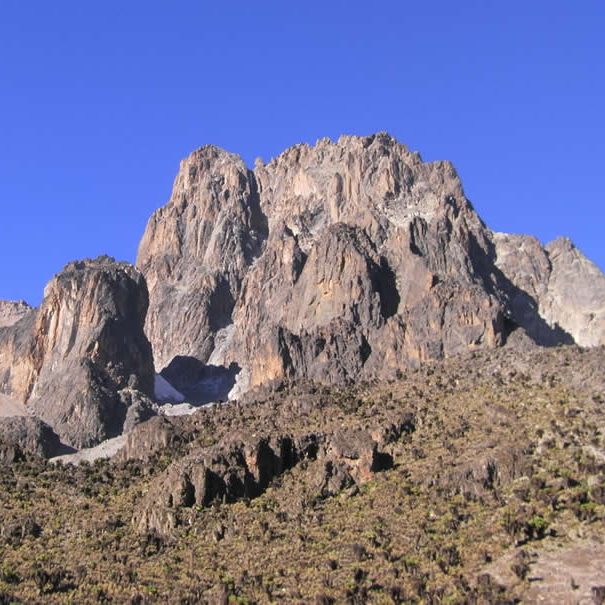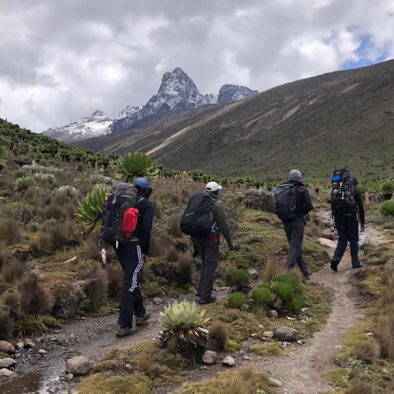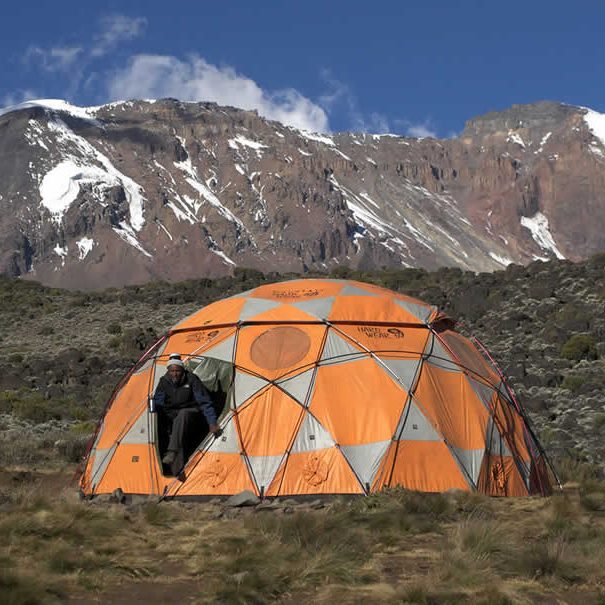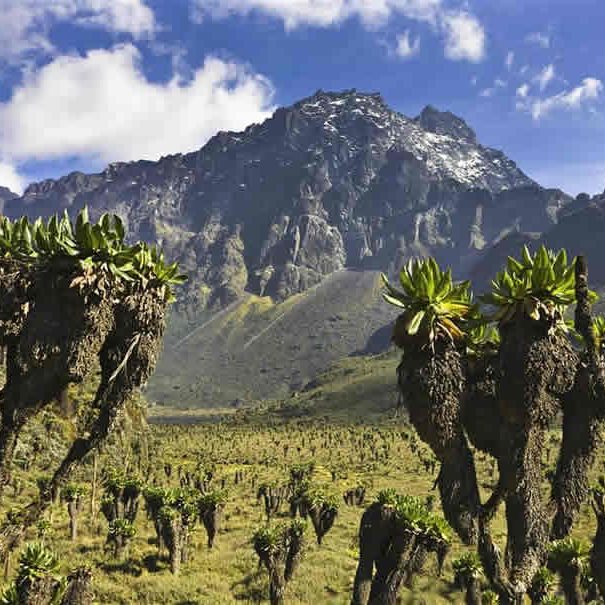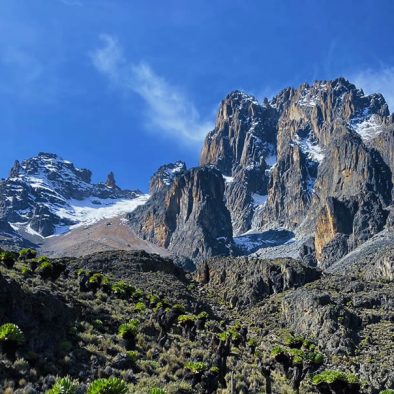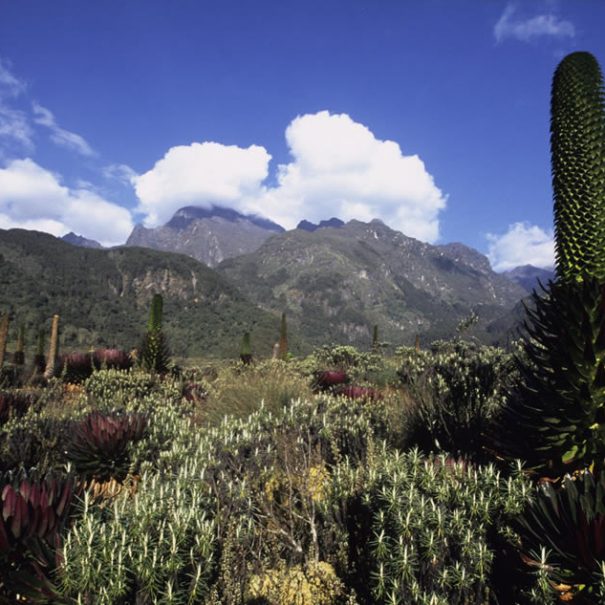Embarking on a Mount Kenya climb is an exhilarating adventure that promises breathtaking views and an unforgettable experience. However, this majestic mountain demands respect and careful preparation. Whether you’re an experienced mountaineer or a first-time trekker, understanding the challenges and acquiring the right gear is essential for a successful journey. In this article, we will delve into the crucial aspects of preparing for a Mount Kenya climb, including the essential gear you need to conquer its peaks and the tips to ensure your safety and enjoyment throughout the expedition.
The Essential Gear Needed When Preparing for Mount Kenya Climb
1. Clothing
Layering System for Different Weather Conditions
The key to staying comfortable in varying weather conditions is a well-planned layering system. Start with moisture-wicking base layers to keep sweat away from your skin. Add insulating layers such as fleece or down jackets to retain body heat, and finish with a waterproof and windproof outer shell to protect against rain and cold winds.
Proper Footwear: Hiking Boots, Gaiters, and Socks
Invest in high-quality, waterproof hiking boots with ankle support for rocky and uneven terrains. Gaiters will help keep debris and snow out of your boots, keeping your feet dry and comfortable. Wool or synthetic socks are essential for moisture management and preventing blisters.
Rain Gear and Waterproof Backpack Cover
Be prepared for rain showers by packing a reliable rain jacket and rain pants. Additionally, use a waterproof cover for your backpack to protect your gear from getting soaked during unexpected downpours.
Hat, Gloves, and Sunglasses for Sun Protection
Sun protection is crucial at high altitudes where the sun’s rays are stronger. Pack a wide-brimmed hat or a cap to shield your face and neck. Insulated gloves and sunglasses with UV protection are necessary to protect your hands and eyes from cold temperatures and harmful UV rays.
2. Equipment
Backpack: Size and Features for Carrying Personal Items
Choose a backpack with sufficient capacity to carry your personal items, including clothing, equipment, food, and water. Look for a backpack with a comfortable harness system and adjustable straps for a snug fit and weight distribution.
Sleeping Bag and Sleeping Pad for Camping
As you spend nights camping on Mount Kenya, a high-quality sleeping bag rated for sub-zero temperatures is essential. Additionally, use a sleeping pad or mattress to insulate yourself from the cold ground and provide extra comfort.
Trekking Poles for Stability and Balance
Trekking poles help reduce strain on your knees and improve stability, especially on steep and challenging terrains. Look for lightweight and collapsible poles that can be easily packed when not in use.
Headlamp or Flashlight with Extra Batteries
A reliable headlamp or flashlight is indispensable for navigating in low-light conditions or during early morning starts. Carry extra batteries to ensure your light source lasts throughout the climb.
Water Bottle or Hydration System
Staying hydrated is crucial during a Mount Kenya climb. Carry a durable water bottle or a hydration system that allows you to drink water easily while on the move. It’s advisable to bring water purification tablets or a water filter to treat water from natural sources.
Personal First Aid Kit and Medication
Always carry a well-stocked first aid kit containing essentials such as adhesive bandages, antiseptic ointment, pain relievers, and blister treatment supplies. If you have any pre-existing medical conditions, consult with your doctor and carry the necessary medication.
3. Technical Gear (Depending on the Chosen Route)
The choice of technical gear depends on the route you select. For technical routes that involve snow and ice, consider the following additional equipment:
Mountaineering Boots and Crampons for Technical Routes
Mountaineering boots provide better insulation and support for icy and snowy terrain. Paired with crampons, they provide traction and stability while climbing on steep slopes.

Ice Axe for Ice and Snow Climbing
An ice axe is essential for self-arresting during a fall and for assisting in steep ascents and descents on icy surfaces. Proper training on using an ice axe is crucial before attempting technical routes.
Helmet for Protection Against Falling Debris
In areas prone to falling rocks or ice, wearing a helmet is crucial to protect your head from potential hazards. It provides an added layer of safety during your climb.
Harness and Ropes for Glacier Travel
If your chosen route involves glacier travel, using a harness and ropes under the supervision of an experienced guide is essential for safety. Glacier travel requires specific skills and knowledge, and it’s important to undergo proper training before attempting such routes.
Safety Tips for Mount Kenya Climb
A. Hiring a Professional Guide and Porter
To ensure your safety and enhance your climbing experience, consider hiring a professional guide who is familiar with the routes and has extensive mountaineering experience. A guide can provide valuable assistance, navigation expertise, and essential knowledge about the mountain. Hiring a porter to carry some of your equipment can also ease your physical load, allowing you to focus on the climb.
B. Researching and Understanding the Chosen Route
Thoroughly research and understand the route you’ve chosen. Study the topography, potential hazards, and camping spots along the way. Familiarize yourself with any specific requirements or permits needed for your selected route. Being well-informed will enhance your confidence and help you make informed decisions during the climb.
C. Acclimatization and Altitude Sickness Prevention Strategies
Prioritize acclimatization by gradually ascending to higher altitudes. Take scheduled rest days to allow your body to adjust. Monitor yourself and your fellow climbers for signs of altitude sickness, and descend if symptoms worsen.
D. Proper Hydration and Nutrition During the Climb
Staying hydrated and well-nourished is crucial for maintaining energy and combating altitude-related issues. Drink plenty of water throughout the climb and ensure you have an adequate supply of nutritious food. Pack lightweight, high-energy snacks such as nuts, energy bars, and dried fruits to fuel your body.
E. Adhering to Safety Protocols and Guidelines
Follow safety protocols and guidelines provided by your guide or the local authorities. This includes adhering to designated trails, camping in designated areas, and avoiding shortcuts or risky maneuvers. Respect the instructions given by your guide, as they have extensive knowledge and experience in ensuring your safety.
Conclusion
Preparing for a Mount Kenya climb requires careful planning, the right gear, physical and mental preparation, and a commitment to safety and environmental responsibility. By equipping yourself with essential gear, understanding the mountain’s challenges, and following safety guidelines, you can embark on a memorable and successful climb. Remember, proper preparation, respect for nature, and responsible climbing practices are key to making your Mount Kenya adventure a truly remarkable experience. So, lace up your boots, pack your gear, and get ready to conquer the stunning peaks of Mount Kenya.


